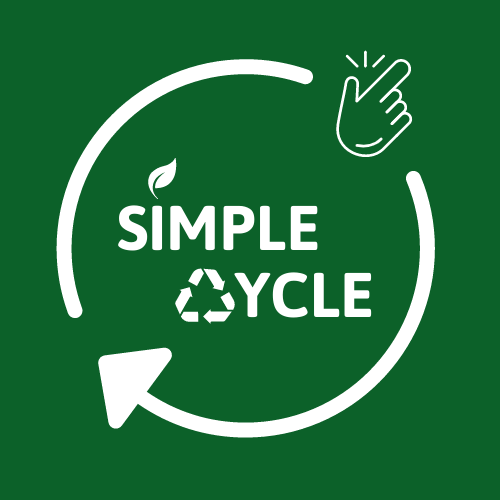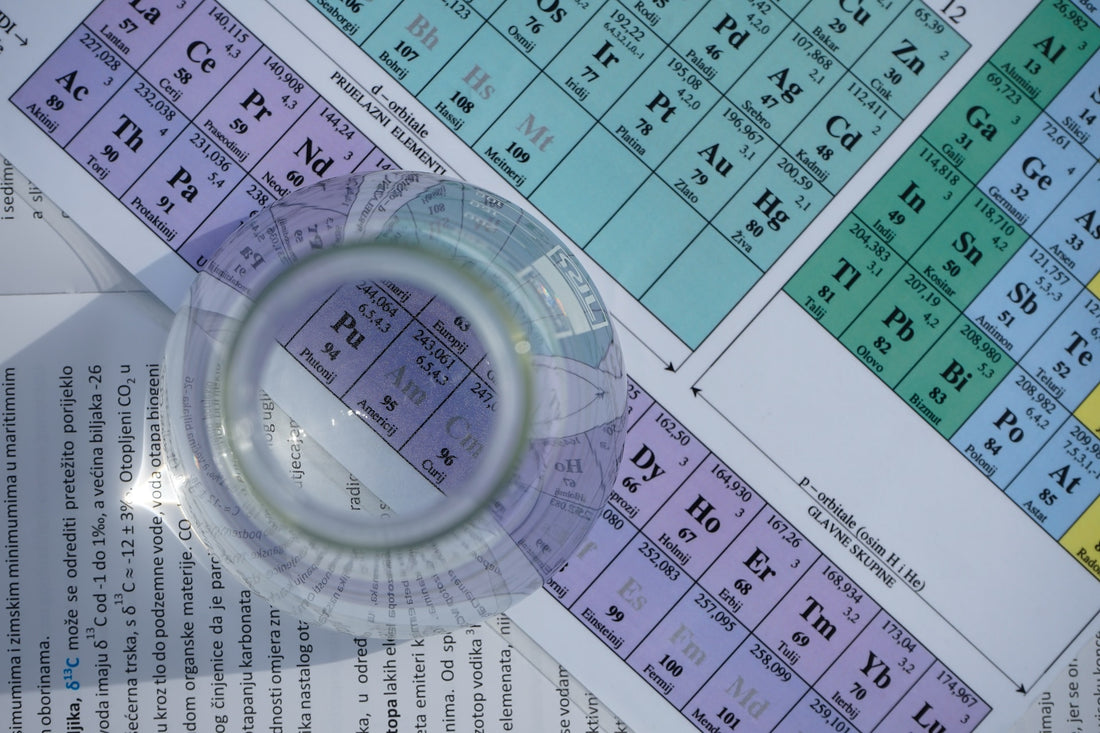Plastic is an extremely hearty and long-lasting material, to many, it is not easily destroyed. Nothing is completely indestructible, and even plastic has its weaknesses. Here the discussion will not be as generally related to the destruction of plastics within the recycling process, but other means of breaking down the polymer.
As previously discussed within the beginning of this text quite simply, all plastics are different. This being said, there are some plastics that are affected differently than others and can be destroyed in a dissimilar manor than their cousins. Acetone, for example, can safely dissolve plastics that have a similar chemical makeup to its own. Acetone is a solvent well suited for dissolving polystyrene, while on the opposite end of the spectrum polypropylene will not react to acetone. Acetone is actually a very common occurring substance in the consumer personal care products industry, and is used in nail polish remover. The solvent not only occurs in the plastic manufacturing process, but naturally in the human body as well (Summers, V.).
There are other ways plastic can be destroyed, but many are not as clean. Acetone only affects a specific class of resin and will not breakdown others. Therefore, in many cases the “like dissolves like” element rule, can be difficult to pin down for plastics as there are many additives at play. Burning plastic is another option and has the added benefit of capturing the energy stored within the polymers and utilizing it as a power source. Burning will destroy the plastic and release energy but has a high chance of dangerous emissions from the process. There are specially designed facilities that are built to handle this process but can be costly to run. Inclusively, there has been a recent discovery of a bacteria that can naturally breakdown plastic, which will be discussed further into this document (Acetone Properties & Uses).
The chart below, provided by Cornell University, will provide a detailed depiction of what resins, not limited to previously discussed codes, are chemically resistant to, and what solvents can break them down. The original link to this chart can be located at the end of this section for reference purposes.







Citations:
Summers, V. (2017, November 21). Effects of Acetone on Plastic. Retrieved from http://education.seattlepi.com/effects-acetone-plastic-3771.html
Acetone Properties & Uses | Chemical Safety Facts. (2018, August 15). Retrieved from https://www.chemicalsafetyfacts.org/acetone/
The link where this chart was originally obtained is no longer functioning.

